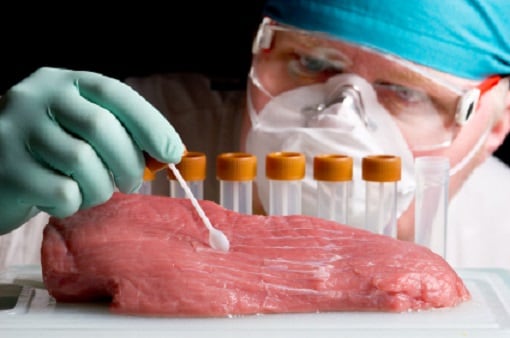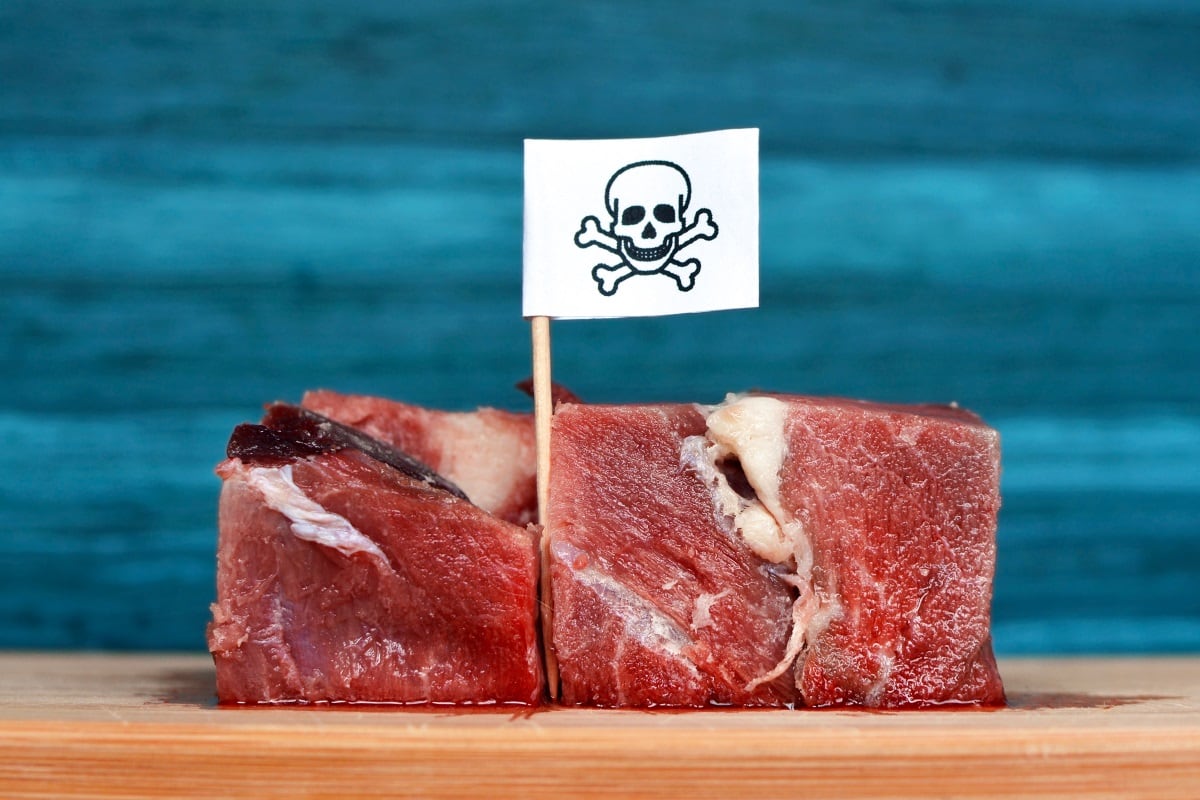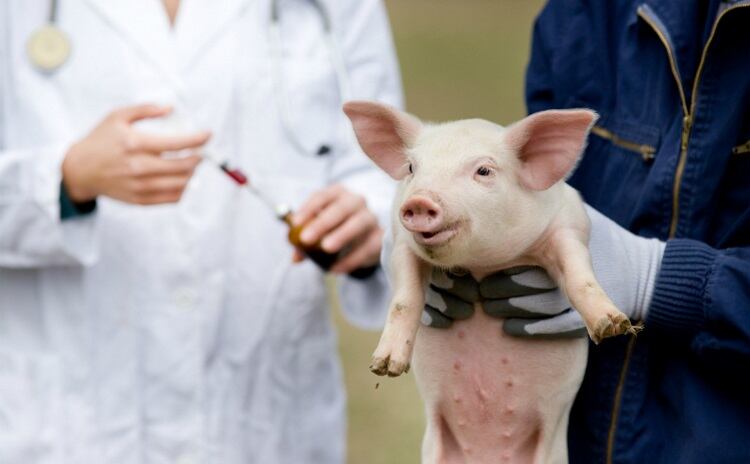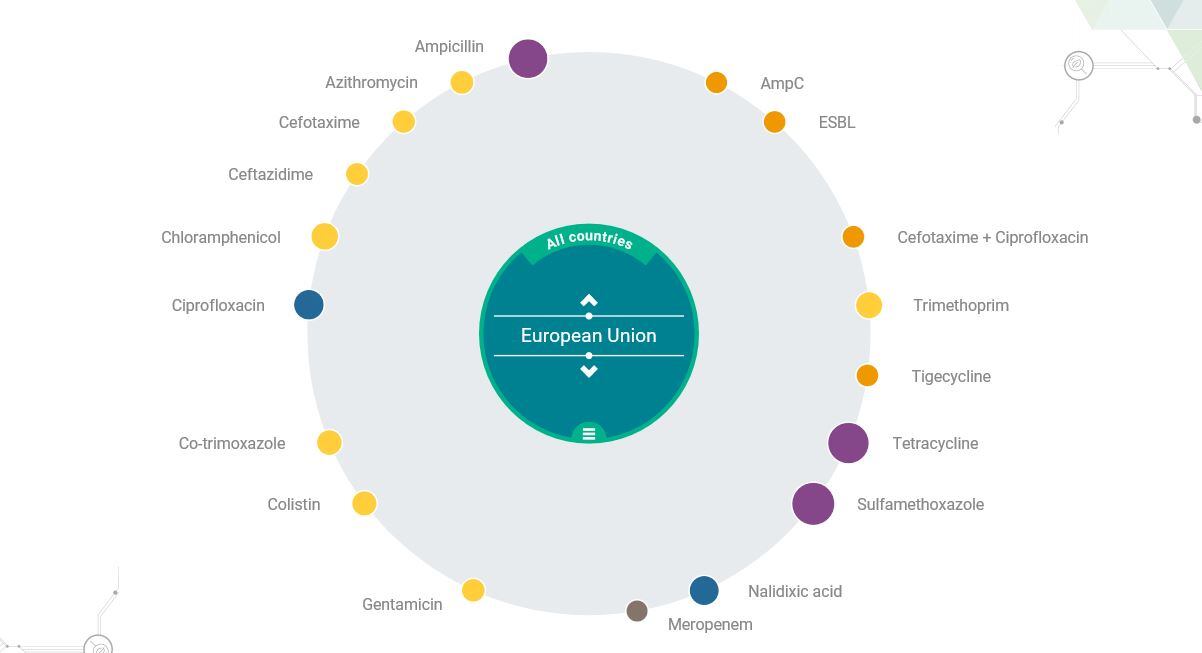Coccidiosis is an intestinal disease found in livestock that is caused by unicellular parasites called coccidia. It affects various types of animals by inhibiting the absorption of nutrients, giving rise to both animal welfare issues and financial losses in the livestock industry.
Most of the damage caused by infection is already done by the time signs of the disease are widespread. The livestock industry therefore typically favours preventive measures such as coccidiostats - animal feed additives used to prevent coccidiosis by inhibiting or killing coccidia.
While coccidiostats are effective at treating the disease, they have also been linked to cardiovascular diseases in humans if high levels are consumed in food, researchers at the University of Cordoba note.
To combat the problem, the Supramolecular Analytical Chemistry research group at the University of Cordoba has developed a new method that allows for the extraction of these substances from food, including eggs, milk and meat.
According to the lead researcher on the study, Soledad González, the procedure is able to simultaneously extract the whole group of ionophore antibiotics from all the animal source foods that are legislated in the European Union. This has been achieved ‘for the first time in this research project’, González said.
A ‘low cost’ and ‘environmentally friendly’ solution
The method developed uses supramolecular, nontoxic solvents known as SUPRAS. These have a high capacity to improve selectivity and performance of the extractions. This is important because it lowers production cost and environmental impact, the researchers noted.
Moreover, the use of these solvents makes it possible to extract antibiotic residue and clean the sample in a simultaneous single step, González explained.
“This is a low-cost, environmentally friendly method, since it uses a lower volume of organic solvent compared to other widely and routinely used techniques in laboratories,” she continued.
After applying the new methodology on different products such as eggs, milk and meat, the detection limits that were reached were found to be much lower than the legal limit, proving that this procedure could be applicable in food quality control laboratories.
The research could be particularly consequential in the European context following the European Commission decision 2002/657/EC regulating the presence of residues in animal source products.
The methodology ‘could be incorporated into routine controls at laboratories’, the study suggests.
Source
A new method is developed to extract antibiotic residue in food from animal sources
Food Chemistry
DOI: http://dx.doi.org/10.1016/j.foodchem.2020.126987
Authors: Soledad González, Ana María Ballesteros, Soledad Rubio and Diego García-Gómez




